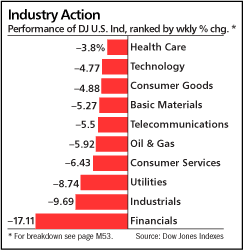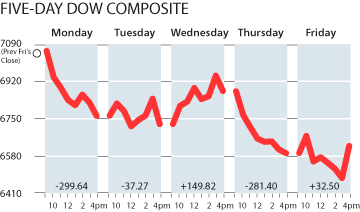Stocks vs. Bonds Studies have shown that somewhere between 77% and 94% of the variability in portfolio returns are determined by asset allocation. So our goal is to use asset classes with low correlation to get the best reward/risk ratio. One of the most popular examples of assets that have low correlation is stocks and bonds. Accordingly, adjusting your ratio between stocks and bonds is one of the most basic ways to adjust the amount of risk you wish to take in a portfolio.
The chart below shows the risk/return trade-off between bonds and stocks for 1980-2004. The stock portfolio is represented by the S&P 500 index, while the bond portfolio contains 60% five-year Treasury notes and 40% long-term Treasury bonds. The portfolios range from 100% bonds, to 95% bonds/5% stocks, 90% bonds/10% stocks, all the way to 100% stocks.

It’s interesting to note that being 40% stocks/60% bonds actually ends up with the same level of risk, but almost 2% more in average annual return. I think this is a big part of why you won’t see many model portfolios with more than 60% bonds. Also, I would note that as you get near 100% stocks, the slope of the curve gets flatter and you start taking on more risk without getting as much higher return.
Stay Tuned



No comments:
Post a Comment